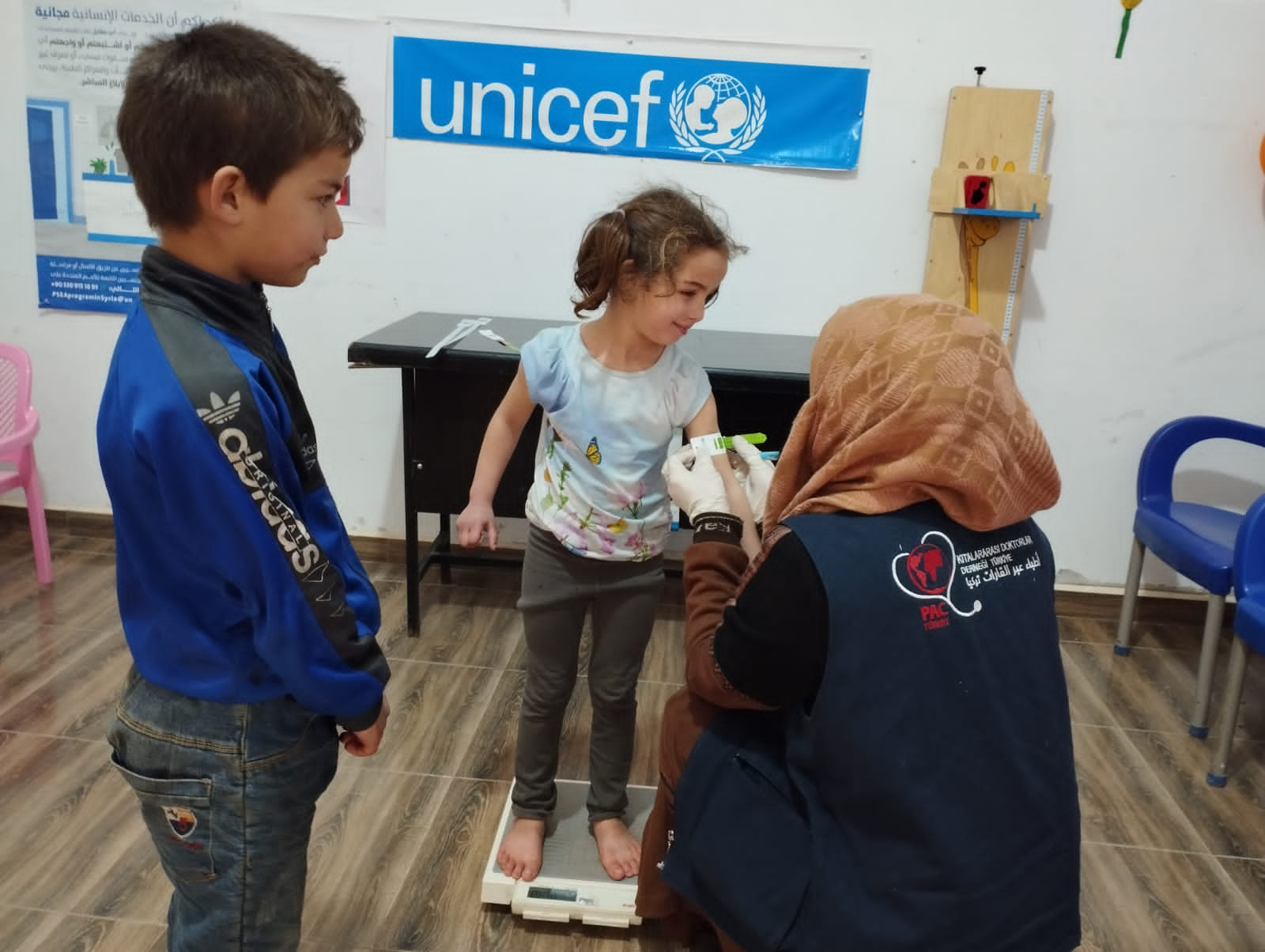A Nutrition Community Surveillance System (NCSS) is a specialized form of surveillance designed to monitor and assess nutritional status and related factors within a community or population. It focuses specifically on gathering data related to dietary intake, nutritional health, and factors influencing nutrition-related outcomes, mainly among children under 59 months and Pregnant and Lactating Mothers . NCSSs play a vital role in understanding the nutritional needs of populations, identifying nutritional deficiencies or excesses, and informing public health policies, cluster response strategies and interventions aimed at improving nutrition and preventing malnutrition.
NSS Use and value:
The foundations of community nutrition surveillance were led by PAC in 2019 to provide monthly monitoring trends in nutrition status in the population rather than monitoring individuals at risk.
- NSS collect key information for integrated analysis, receiving GFA, Vaccination status, PWD..etc.
- Contribution to RNAs in the reception centers during the earthquake, through using the surveillance teams that already exist in the targeted locations.
- The flexibility to add more indicators like BMS monitoring/ BMS dashboard and the contribution in other nutrition surveys
- The NSS also cover the gap of information that is not collected through the regular 4Ws.

OBJECTIVES OF NUTRITION SURVEILLANCE:
Surveillance provides ongoing information about the nutritional conditions of the population and the factors that
influence them. This information will provide the basis for decisions to be made by those responsible for policy, planning and the management of programmes relating to improvement of Food consumption patterns and nutritional status and other Key indicators.
Approaches used for data collection:
The Surveillance teams collect all required data that using Odk form and will be sent daily to the central team each team supervisor will divide the selected communities to a small segment if needed and will randomly select segments and will collect data from each segment within one working day.In each selected community, the team will work for one day and will select randomly minimum of 20 HH.All children 6 – 59 months in the selected HH will be surveyed for nutrition status (wasting, stunting, undernutrition and overweight) using anthropometric measurements and clinical signs (Bilateral oedema, MUAC, length or High, and weight) All children 0 – 23 months in the selected HH will be surveyed for the IYCF practices.
Information for decisions:
All data collected through the NSS available through power bi dashboard and accessible for all cluster partners,Each month the surveillance findings discussed and reviewed through the ATWG in the nutrition cluster before publishing.The surveillance dashboard also includes the recommendations page that helps the cluster team and program management at cluster level to prioritize the response.



Leave A Comment